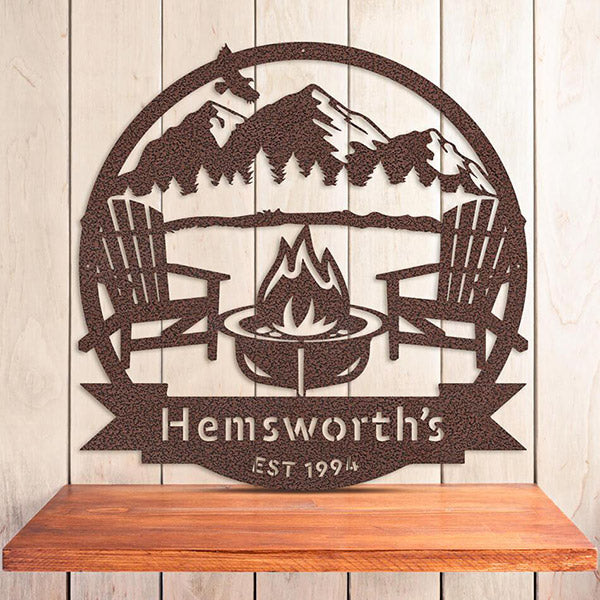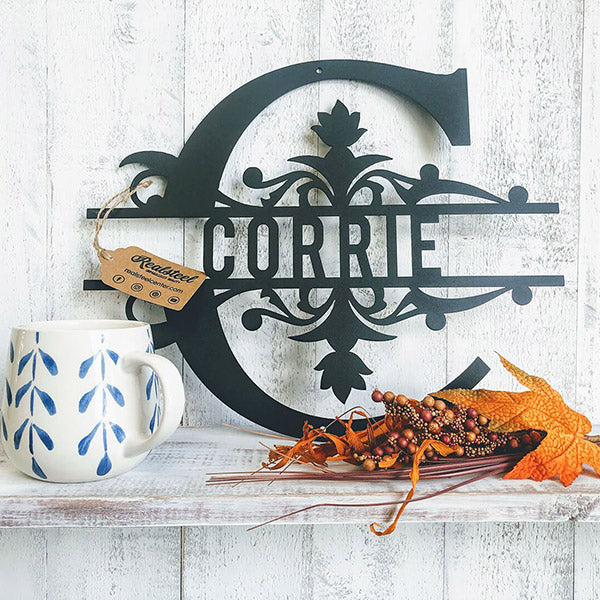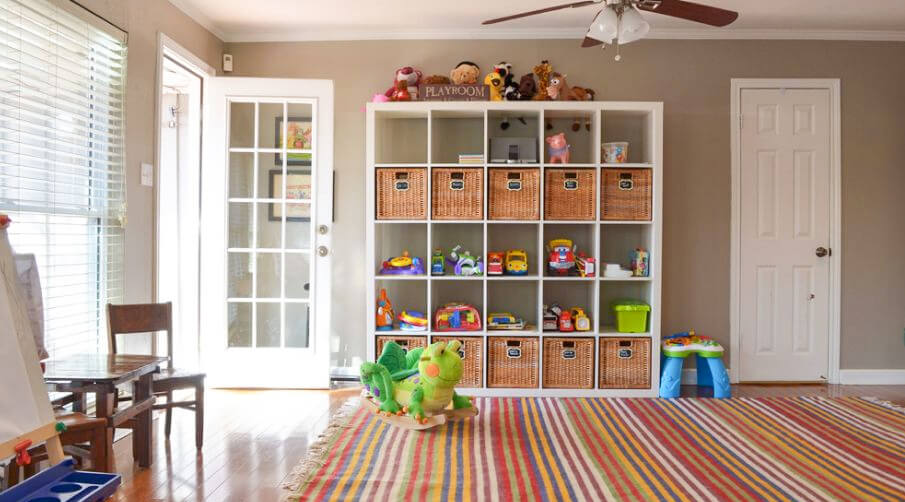
One of the chief concerns for parents when preparing to welcome a child into their home is how to decorate their child’s bedroom. Not only do you have to buy functional furniture, but you want to make a space that pleasant, welcoming, and will grow with your child. If you ever wondered what are the top 5 ideas for decorating my child’s room, read our best breakdown of how to create the best children’s room for any age.
1. Avoid Themes
While themed children’s rooms can be fun, they may only be interested in a room theme for a limited time. Children can bounce from interest to interest. That space-themed room could quickly fall out of style in the next few weeks. Then your child will be on to another interest, such as dinosaurs. The same goes for favorite characters such as Mickey or My Little Pony. 
Focus on using art and subtle decorative pieces for their interests, rather than breaking the bank on buying a grand piece of themed furniture. For instance, if your child is into fairy tales and princesses, opt for a steel princess silhouette wall art rather than over the grand castle-shaped bed. It will be easier to modify the room with a few small select pieces rather than starting over from scratch.
2. Give Them Room to Grow
Your child’s bedroom isn’t going to look the same at age 12 as it did when they were 5. Invest in high-quality furniture that they can use for years to come. Baby and toddler furniture is adorable, but once your child ages out of it, you can find yourself buying several pieces to replace it. Make a wiser investment by looking for furniture that transforms. Pottery Barn and other brands make cribs that go from adorable crib to functional toddler bed, and then finally, a child-size headboard. A changing table that converts to a desk or storage unit when the diaper days are over is a versatile piece that you can use for years to come.
3. Incorporate Storage That Works
Your child’s bedroom is more than a place where they sleep. It’s where they play, learn, and explore. It’s their own private space and something they want to make their own. Include storage options at their height so they can easily put away their toys, books, and other belongings. This teaches good habits and makes it easy for them to do on their own. As your child ages, you can purchase other storage options as needed if they grow out of their current solution. Most storage options are inexpensive and are handy for toy cars, trucks, dress-up clothes, science kits, and anything else you can imagine. Consider the following:
- Wicker baskets for small toys, plush animals, balls, etc
- Cubby shelves for books, larger toys, playsets, and more
- Picture ledges for picture books
- Bins for plush friends
- Trunks for dress-up clothes, trucks, and other large items
- Decorative cups and containers for art supplies and small pieces
4. Choose a Central Color
As you style your child’s room or any room for that matter, choose a color palette. Interior designers often urge parents to choose primary colors over pink and other pastels. Bright colors like these are ideal for accessories such as pillows, rugs, and artwork. If you do decide to use brighter colors, you can create an accent wall as to not to be overstimulating or overwhelming especially for infants. Color psychology can play a big role in nursery design and experts at Fisher-Price advise parents to stay away from certain colors. Learn how various colors interact with children before putting them on your walls. For children toddler and up, consider their opinion on their room color. Once you have your color picked, choose complementary shades. As children can be fickle and change their mind from one day to the next, avoid painting all of the rooms the central color, but instead opt for a neutral wall and then an accent wall.
5. Encourage Play with Design
Avoid cramming everything you can into your child’s bedroom because your child still needs a place to play. Children may have the smallest room in the house, and if that’s the case, you have to be creative about what you include in their room. After you add the basics such as a bed, dresser, toy storage, etc, think carefully about what else you need to add. If your child isn’t old enough to use a desk, put off buying it for a few years, or keep it in another room in the house. When you set up the room make sure there’s space to play unrestricted.
We hope these top 5 tips on how to decorate a child’s room help you make a space that reflects your child’s personality and looks great. In addition to having steel signs for adults, RealSteel is proud to offer kid-friendly steel signs for sports, animals, and more. Be sure you browse our full catalog to find the perfect piece.





